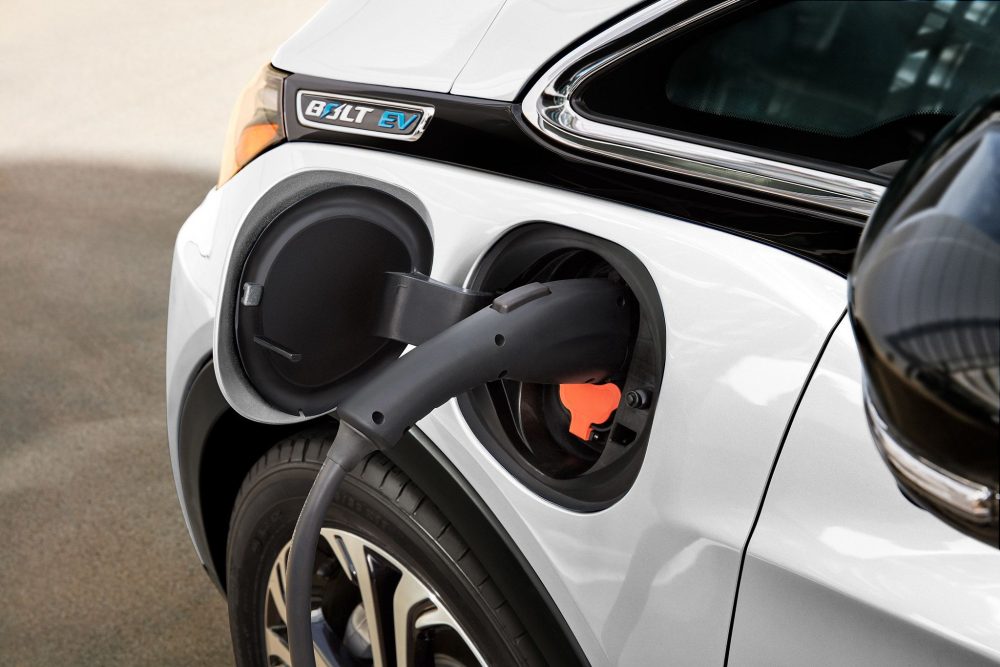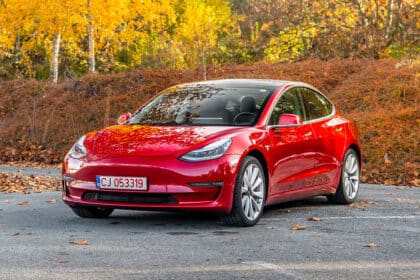 2018 Chevrolet Bolt EV Premier
2018 Chevrolet Bolt EV Premier
Photo: Chevrolet
In the car world, trying to deal with all of the industry jargon, acronyms, and niche terminology can feel overwhelming. That’s especially true of emerging technology like electrified vehicles. If you’ve ever been confused by the difference between an EV, a PHEV, or a mild hybrid, we’ve got you covered with this simple guide.
Why settle for subpar?: Drive the Bolt EV instead
At the most basic level, a hybrid vehicle is exactly what it sounds like: a car that uses both gasoline and electric energy for power. The idea is that the two types of powertrains work together to find the most efficient way to drive in any situation, with the electric motor bolstering the gas engine when it needs some extra heft, and the system charging the battery over time so it never dies. Hybrids can also drive for short distances using nothing but electricity, especially at low speeds.
Initially, “mild hybrid” seems like a strange gray area to comprehend. However, it’s actually one of the most basic hybrid systems out there. This technology operates similarly to what you’d find in a pure hybrid vehicle, but doesn’t offer as much of a bump in fuel efficiency and can’t power a car on electric power alone, mostly due to a smaller battery. For example, think about one of the Chevrolet Silverado models offered with eAssist technology.
As one of the most popular emerging segments in EVs, the PHEV — or plug-in hybrid electric vehicle — is important to understand. A PHEV is a lot like a pure hybrid, but with a larger battery that cannot be charged by the vehicle alone. So, you’ll have to use a charging station if you want to make use of the vehicle’s full potential. In exchange, this class offers remarkable fuel efficiency and can drive much farther than a standard hybrid using just electric power.
When you sit down behind the wheel of an all-electric vehicle like the Chevy Bolt EV, you’re committing to leaving gasoline in the rearview mirror. According to AutoTrader’s Justin Pritchard, these vehicles have no internal combustion engine, no exhaust pipes, and no need for engine oil. Instead, they run on electric energy all the time.
The upside is that you release fewer fossil fuel emissions into the atmosphere when you drive and can save a bundle of cash at the fuel pump. The downside is that fully charging your battery takes considerably longer than filling up a traditional tank, though there is technology out there that can accelerate the pace to up to 70 percent in as little as 30 minutes.
As EVs continue to grow in popularity and more and more automakers start to dive headfirst into the segment, understanding all of your options is more important than ever. Hopefully, knowing the differences between a pure hybrid, a mild hybrid, a PHEV and a pure EV will help you approach the car-buying process with more confidence than ever.
Forward-thinking tech deserves forward-thinking service: Choose a certified professional

The News Wheel is a digital auto magazine providing readers with a fresh perspective on the latest car news. We’re located in the heart of America (Dayton, Ohio) and our goal is to deliver an entertaining and informative perspective on what’s trending in the automotive world. See more articles from The News Wheel.









